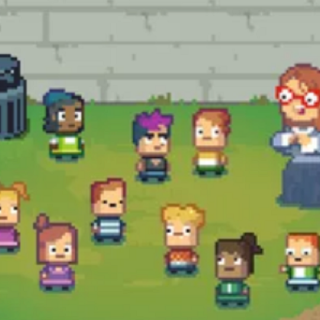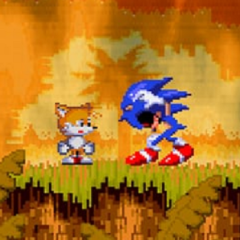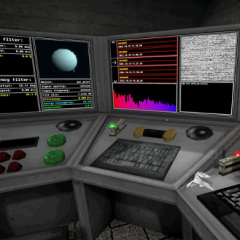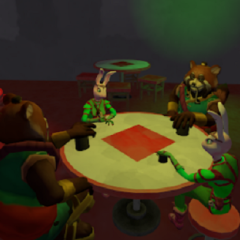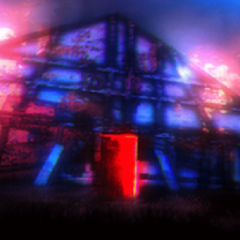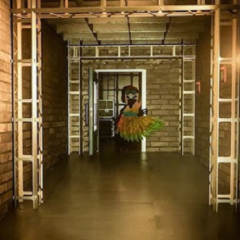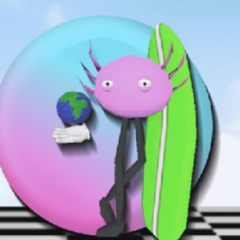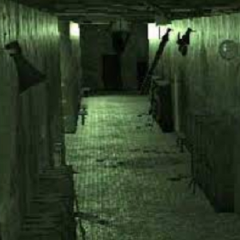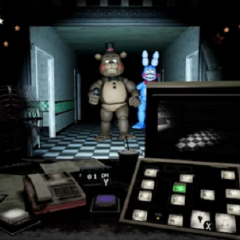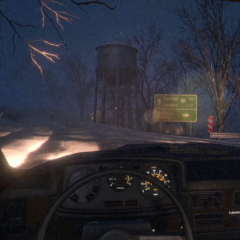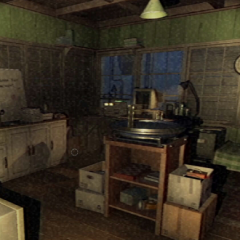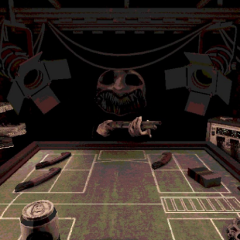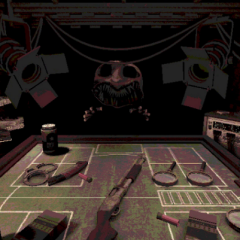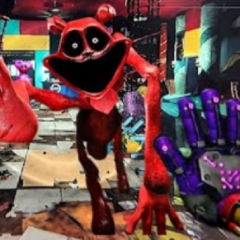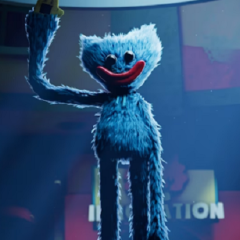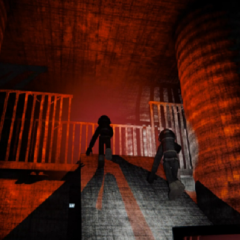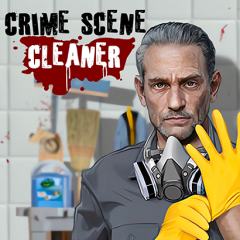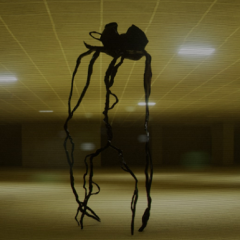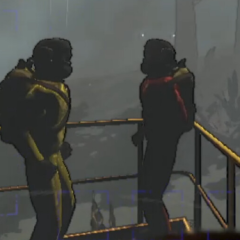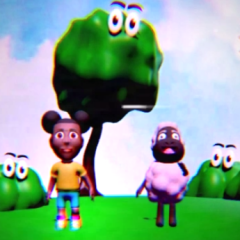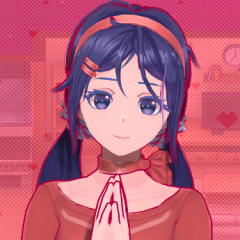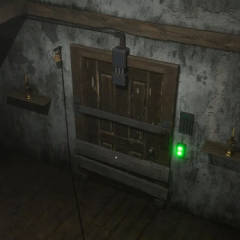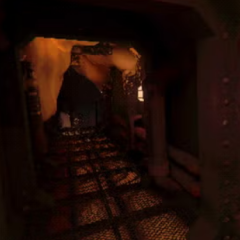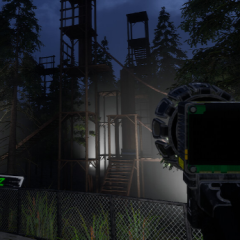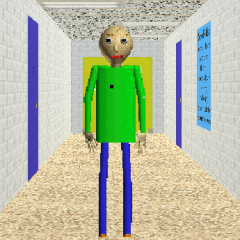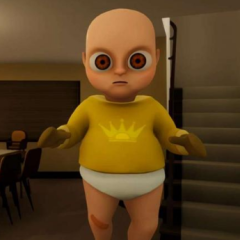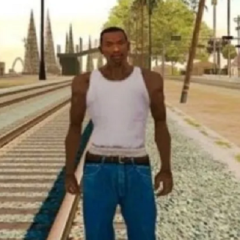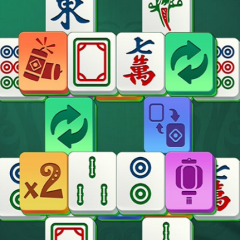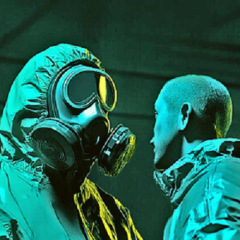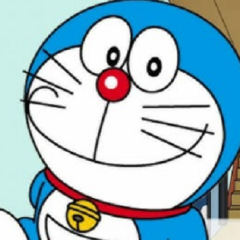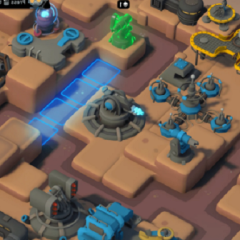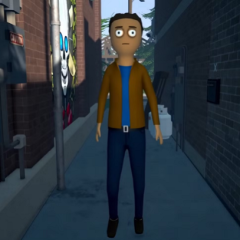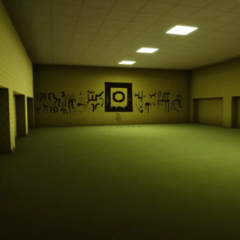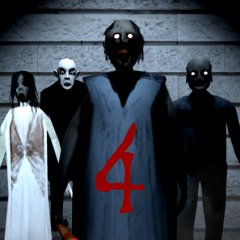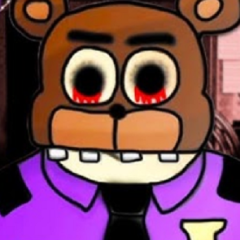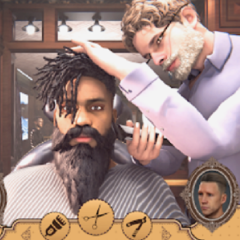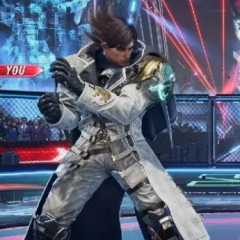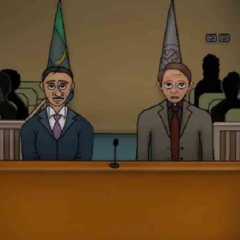Kindergarten 3
Kindergarten 3 continues the series with a new school day that builds on the bizarre tone of its predecessors. The game introduces a fresh environment where familiar characters return alongside new ones, each bringing their own strange habits and behaviors. The school has changed again, offering new rooms, redesigned outdoor areas, and altered routines. The player must once again navigate this chaotic setting while uncovering hidden objectives and solving character-driven puzzles.
Objectives and Progression
The gameplay revolves around helping or sabotaging classmates and teachers depending on which storylines the player chooses to follow. Each mission involves specific tasks, often requiring the collection or use of items in a particular order. Timing and decision-making play a major role in unlocking all possible outcomes. A single day holds many paths, and only through repetition can all events be uncovered. Some choices lead to dead ends, while others unlock deeper layers of the story and reveal the strange logic behind the school’s systems.
Core Gameplay Features
Kindergarten 3 includes:
· A new school layout with unique locations and interactions
· Multiple branching missions with distinct endings
· A mix of returning and new characters with hidden roles
· Hidden items and collectibles that affect mission paths
· Puzzles involving dialogue, movement, and item usage
Each of these elements connects to the game’s structure, encouraging experimentation and replayability.
World Design and Themes
The setting is surreal but follows consistent internal logic. Characters speak and act according to their own strange rules, creating a world where absurd events happen within a recognizable school framework. The tone blends dark humor with satire, often presenting serious or disturbing actions in a stylized way. Background details, visual cues, and character dialogue all contribute to the atmosphere. While no single story is dominant, small narrative arcs emerge across different missions, tying the characters together in unexpected ways.
Long-Term Appeal and Exploration
Kindergarten 3 rewards exploration and attention to detail. Players who take the time to try multiple combinations of actions will discover hidden scenes, new dialogue, and alternate endings. The design invites multiple playthroughs, each one revealing more of the school’s secrets. Whether helping students complete strange projects or uncovering the motives of suspicious adults, every decision contributes to how the day unfolds. Despite its cartoon-like visuals, the game offers complex systems and narrative layers that expand with each play session.
